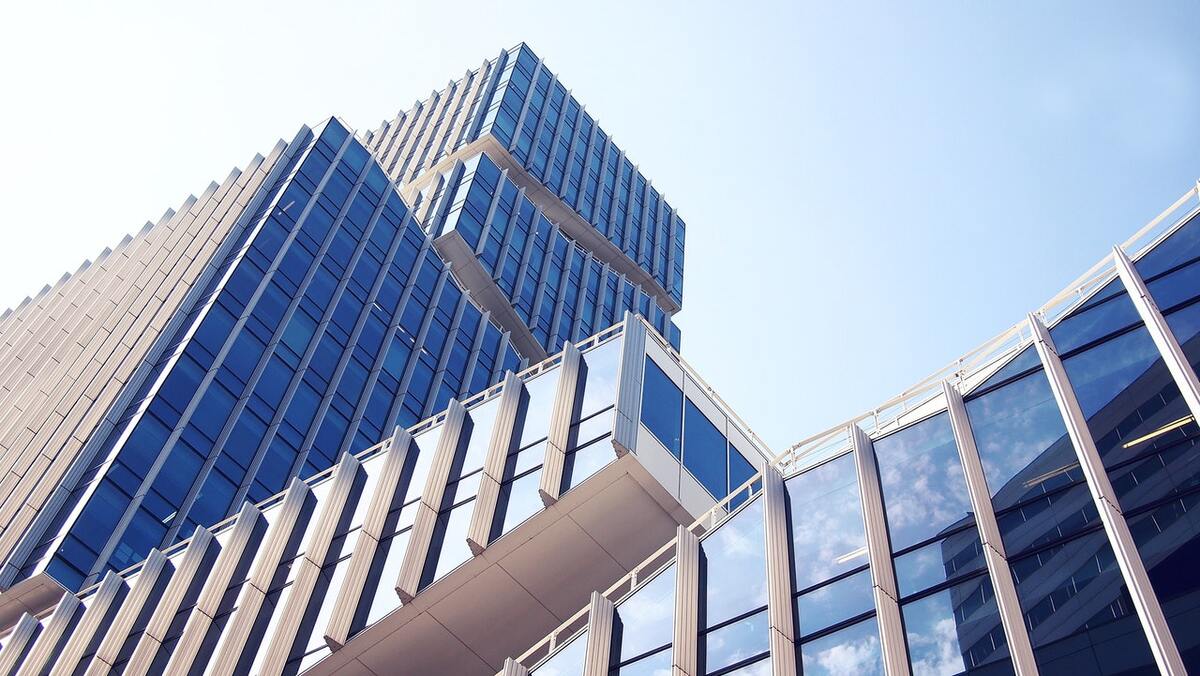The Impact of Climate Change on Building Design

As the climate changes, various aspects of the environment shift. The media highlights the effects of increased heat waves on human safety and melting glaciers' impacts on livable regions and native wildlife. What reporters rarely discuss is climate change's impact on construction and builders’ need to adapt.
Rising Temperatures and Structural Stability
Climate change derives from human interference. As individuals drive their vehicles, heat their homes, illuminate their rooms, and more, they generate greenhouse gas emissions. The air pollutants overproduce and entrap heat in the atmosphere, raising Earth’s temperature over time.
The planet's surface temperature is increasing by nearly 0.16°F each decade. Humans are showing no signs of decreasing their emissions, shaping a hot future. A changing climate creates various effects on the structural stability of buildings.
As Earth's temperature rises, the evaporation rate follows. It increases precipitation in some regions and decreases it in others, and causes the rain that does fall to fall in torrents. The climate's alteration causes severe flooding and elongated drought periods alike, impacting both residential and commercial buildings.
Engineers and architects are reevaluating the design of buildings, increasing their stability against climate change. They created green construction methods, protecting structures from changing elements while decreasing their production of greenhouse gas emissions. Using protective features, effective materials, low-emission designs, and smart technology can successfully enhance a building's sustainability and strength.
Flood Zones
As Earth's temperature rises, the ocean becomes warmer, affecting tropical storms and hurricanes. Increased water temperatures can strengthen wind speeds, increasing coastal damage. Climate change also boosts the frequency of storms, causing structural impacts over time.
Additionally, warmer temperatures raise the sea level by melting glaciers and icecaps. Since 1880, the tide has increased by 9 inches, decreasing the stability of waterfront properties. Professionals began designing coastal buildings on stilts, preventing flood damage and increasing their stability as the sea level continuously rises.
Engineers are also developing floating structures, decreasing flooding occurrences and damage. The buildings anchor to the seafloor, enhancing their strength while working with Earth's natural patterns. Professionals are also utilizing flood-resistant materials in their designs, enhancing a structure's longevity.
They are adding waterproof veneer to the exterior of buildings, protecting the internal structure. Additionally, they utilize concrete, ceramic tile, foam insulation, and other naturally water-resistant materials to limit rotting and general damage. Many builders also install raised electrical systems, reducing fires and other harm generated by short circuits.
Protecting buildings from flooding and water-related degradation is essential to resource conservation. When hurricanes wash away coastal homes, they create marine pollution and require ground-up construction. Preserving the stability and resources of a building can reduce waste and increase efficiency.
It is also essential for builders to evaluate the season before improving a building’s flood resistance. Beginning construction during hurricane season increases the risk of debris and pollution development. Preparing before the season is ideal, and enhances a structure’s safety and sustainability.
Extreme Low-Temperature Areas
While climate change exacerbates warm summer temperatures, it may also increase freezing in the winter. As precipitation rises in various regions, it enhances snowfall and humidity. Individuals adapt to climate alterations by increasing indoor temperatures.
Heating systems work harder in cooler months to produce warm indoor temperatures, increasing greenhouse gas emissions. Building designers can reduce the stress on and pollution created by heaters through efficient window installations. Increasing the amount of sunlight inside a structure raises its internal temperature.
Pairing light exposure with smart thermostats can further decrease emissions. Many engineers are installing programmable, energy-efficient systems into buildings, improving their sustainability. The devices connect to the internet, accessing real-time weather readings and adjusting indoor temperatures for energy reduction.
They also use motion detection sensors, turning a system off in vacant buildings. Over time, natural solar radiation and power-efficient systems can conserve energy and limit a building's contribution to climate change. They also effectively increase indoor temperatures, helping individuals adapt to the changing climate.
Drought Ridden Regions
While precipitation increases in many regions, it leaves other areas in prolonged drought periods. Los Angeles is experiencing its most prolonged dry spell, causing material degradation. Warm and dry climates create cracks in buildings’ foundations and decrease the stability of other resources.
Green construction professionals are limiting the effect of droughts and heat on structures by installing cool roofs. The feature reflects solar radiation off and away from a building, protecting its materials from overheating. Cool roofs also help limit adverse climate change effects by decreasing heat islands, preserving natural surface temperatures.
Climate Change Will Impact Building Design
Various construction professionals are taking the path towards sustainable building. While individuals are improving the eco-consciousness of their on-site practices, it is essential to acknowledge a structure’s environmental impacts over time. Companies can take a holistic approach to construction by conducting a life cycle assessment of their buildings, ensuring their sustainability throughout the years.



